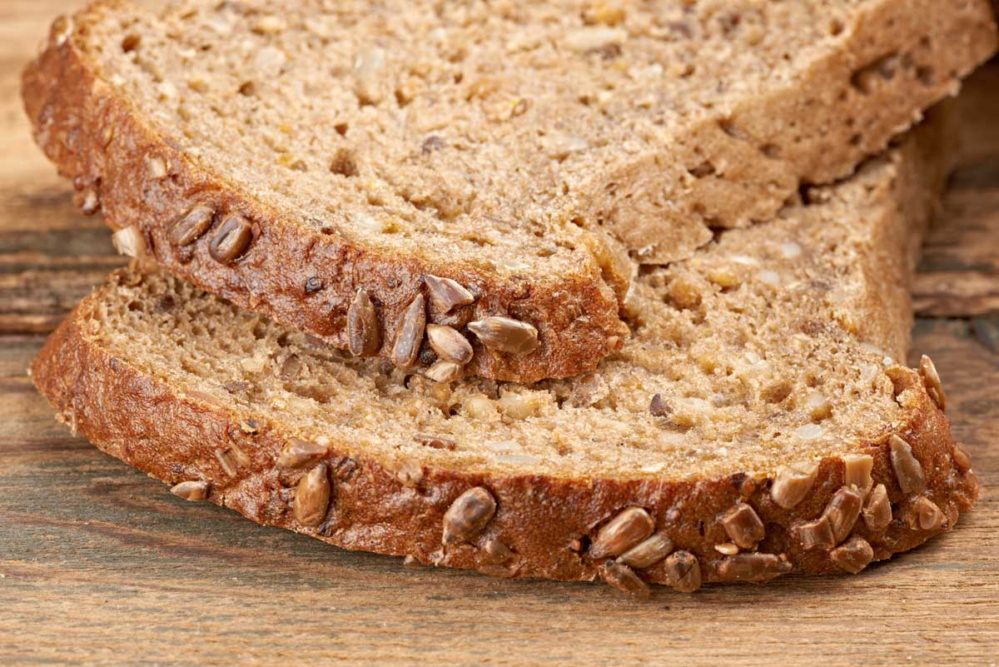While messages around nutrition can be confusing and contradictory, especially when it comes to grain-based foods, one message has remained constant: Whole grains are good for you. This claim, backed by a growing wealth of scientific studies, has withstood the test of time and trends. It’s one consumers seem to willingly accept.
“Looking at the research we’ve done, we know consumers frequently cite whole grains as one of the bigger considerations when purchasing bread,” said Paula LaBine, marketing director, milling and starch and baking category lead, ADM. “Consumers recognize that whole grains signal various health benefits. Objectively, consumers do recognize that they should be including more whole grains in their diet. They remain an ingredient and benefit consumers are seeking.”
Once upon a time, “whole grain” meant bitter-tasting and dense bread and other baked goods, not the most appealing flavor and texture to consumers. It was classic health food, good for you but not all that great tasting. Today, however, bakers have used the diversity of flavors and texture of whole grains to improve their products while still delivering the nutritional benefits consumers associate with these ingredients. Whole grains have become a story of opportunity.
As bakers explore blending whole grains, which grains they choose depends upon their goals for the finished product. The specific application and the intended claim will limit or guide the choices.
“Aligning it with the application is paramount,” said Kevin Smith, regional technical service lead, Cargill. “You can’t make a cake or a cookie with certain grains. The desired texture of the application is important.”
[Related reading: Grain blends highlight flavors, textures]
Application and the target consumer can even offer suggestions as to which grains are available or what consumers might be willing to sacrifice. While most food purchases are made based on taste, that could not be the case for a nutrition bar.
“If your target consumer is a mountain climber, they may want something that has a lot of opportunity for energy and calories,” Mr. Smith said. “They may sacrifice flavor a bit for that, so it might not be the driver for that application.”
The target consumer can also inform whether a baker can experiment with exotic grains or find success sticking with the conventional. Everyday shoppers, for instance, may not be interested in paying the price point for grains like kamut, amaranth, teff or einkorn, Ms. LaBine explained.
“Think about whether you’re appealing to a mainstream consumer versus a health-seeking consumer,” she said. “You might be more willing to lean into the exotic blends that convey a premium with more health-conscious shoppers.”
The claims a baker wants to achieve through whole grains is another important consideration. Bakers may be looking to achieve protein or fiber claims or whole grain gram counts, or maybe they just want to say a loaf of bread contains 21 different grains. These goals determine whether bakers need to evaluate grains based on nutritional content or can simply use whole grain pieces in tandem with whole wheat flour to get the perception they desire.
“If you’re wanting to make a whole grain roll, it will be better perceived as such if consumers can see intact whole grain pieces,” said Tess Brensing, R&D and technical product manager, ADM. “But you may not be able to get the claim by having those whole pieces, so you might have to incorporate some flours.”
Understanding the claim and desired finished product is critical, so educated choices can be made to successfully blend whole grain ingredients.
This article is an excerpt from the May 2020 issue of Baking & Snack. To read the entire feature on whole grains, click here.





